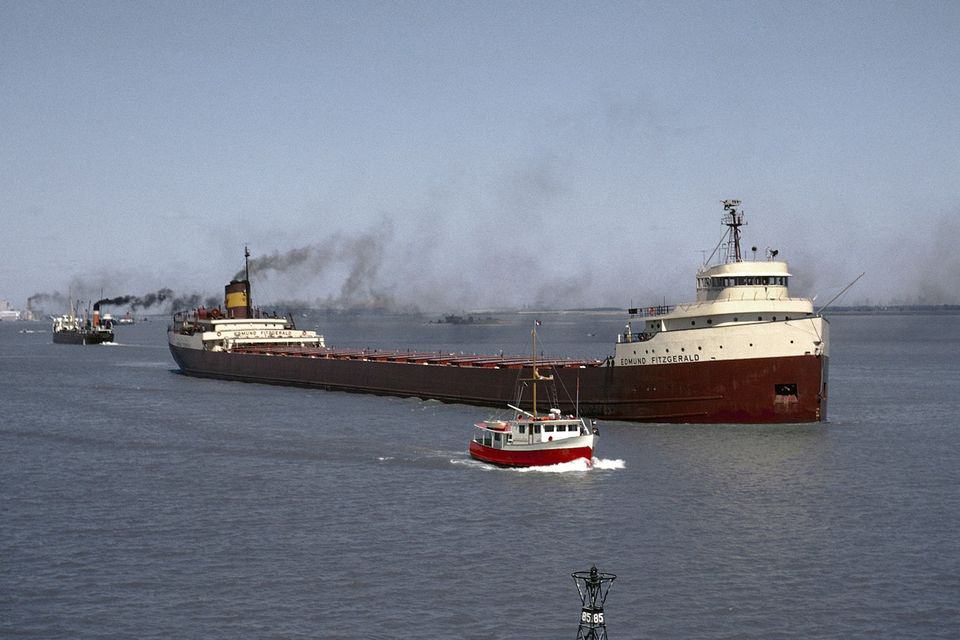Podcast: Play in new window | Download (Duration: 18:10 — 16.6MB) | Embed
Subscribe: More
Episode 75: The Murderer Who Helped Write The Oxford English Dictionary
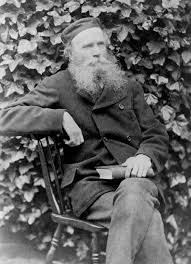
Words build worlds. They shape laws, compose prayers, ignite wars, and whisper love. Every word we speak carries centuries of meaning Chester Minor, was a murderer and one of the greatest architects of the English language.

______________________
Now Available
Get to know the authors at The Readers and Writers Book Club
_______________
Join the Excitement! It’s Happening Now!
A Facebook Event.
Learn about the Aurora, share your photos, and talk with other Aurora lovers. We’ll see you there -November 18 – 25!
_________
Meet Evan Swensen, your host for Episode 75: : The Murderer Who Helped Write The Oxford English Dictionary
Evan Swensen, book publisher, editor, author, and Author Masterminds charter member, along with his wife, Lois, publishes books by authors worldwide. He has been the publisher and editor of Alaska Outdoors magazine and producer of Alaska Outdoors television show and outdoor videos, and host of Alaska Outdoor Radio Magazine. He has been an Alaska resident since 1957.
As a pilot, he has logged more than 4,000 hours of flight time in Alaska, in both wheel and float planes. He is a serious recreation hunter and fisherman, equally comfortable casting a flyrod or using bait, or lures. Evan has been published in many national magazines and is the author of five books and publisher of more than 1,000 books by other authors.
Evan claims to have the best job in the world; he gets up in the morning, puts on his fishing vest, picks up his fly rod, kisses his wife goodbye, tells her he’s going to work—and she believes him.
Author Masterminds: https://authormasterminds.com/evan-swensen
Author Masterminds One Last Cast book: https://authormasterminds.com/details/XLxrX
One Last Cast on Amazon: https://bit.ly/3H0OzTo
One Last Cast short video: https://youtu.be/2wzwWmim-2g
Alaska Outdoors https://alaskaoutdoorsmagazine.com.
Alaska Outdoors Blog: https://alaskaoutdoorsmagazine.com/blog/
Alaska Outdoors Videos: https://bit.ly/37xjUzl

 ______________
______________


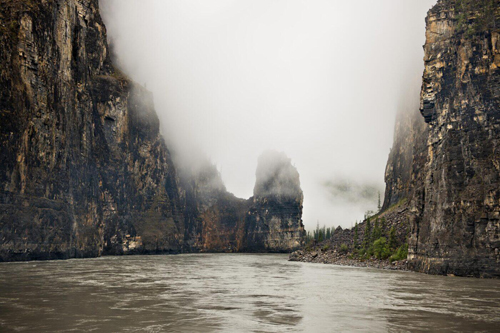
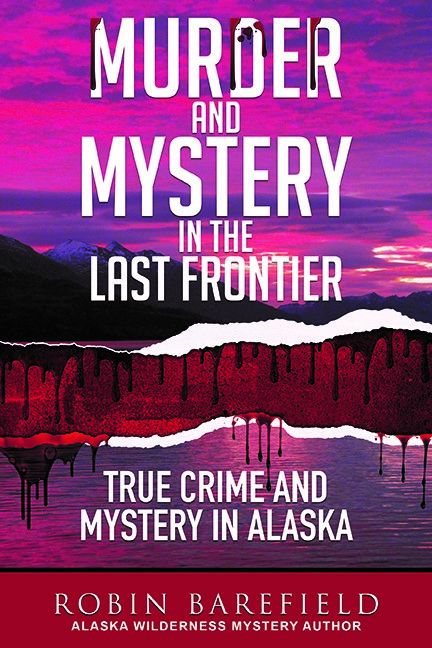 _______________________
_______________________


 _______________________
_______________________

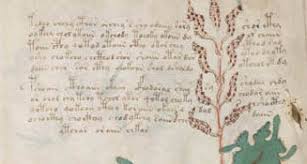





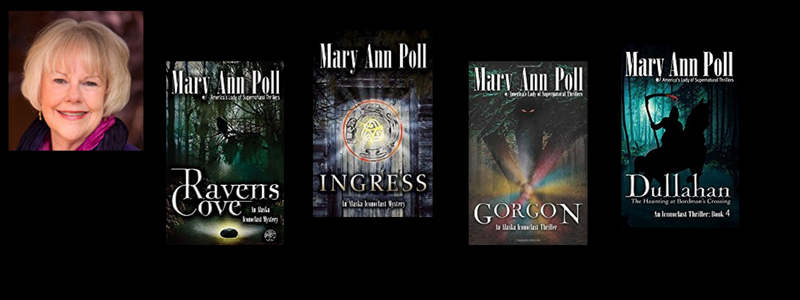
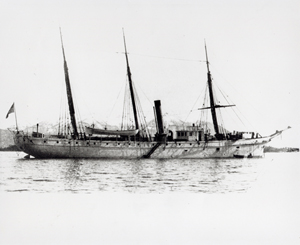
 murders in American history as well, surpassed only by the Oklahoma City bombing in 1995 and the 911 attack on the World Trade Center.
murders in American history as well, surpassed only by the Oklahoma City bombing in 1995 and the 911 attack on the World Trade Center.

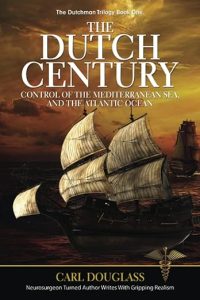 _______________________
_______________________

